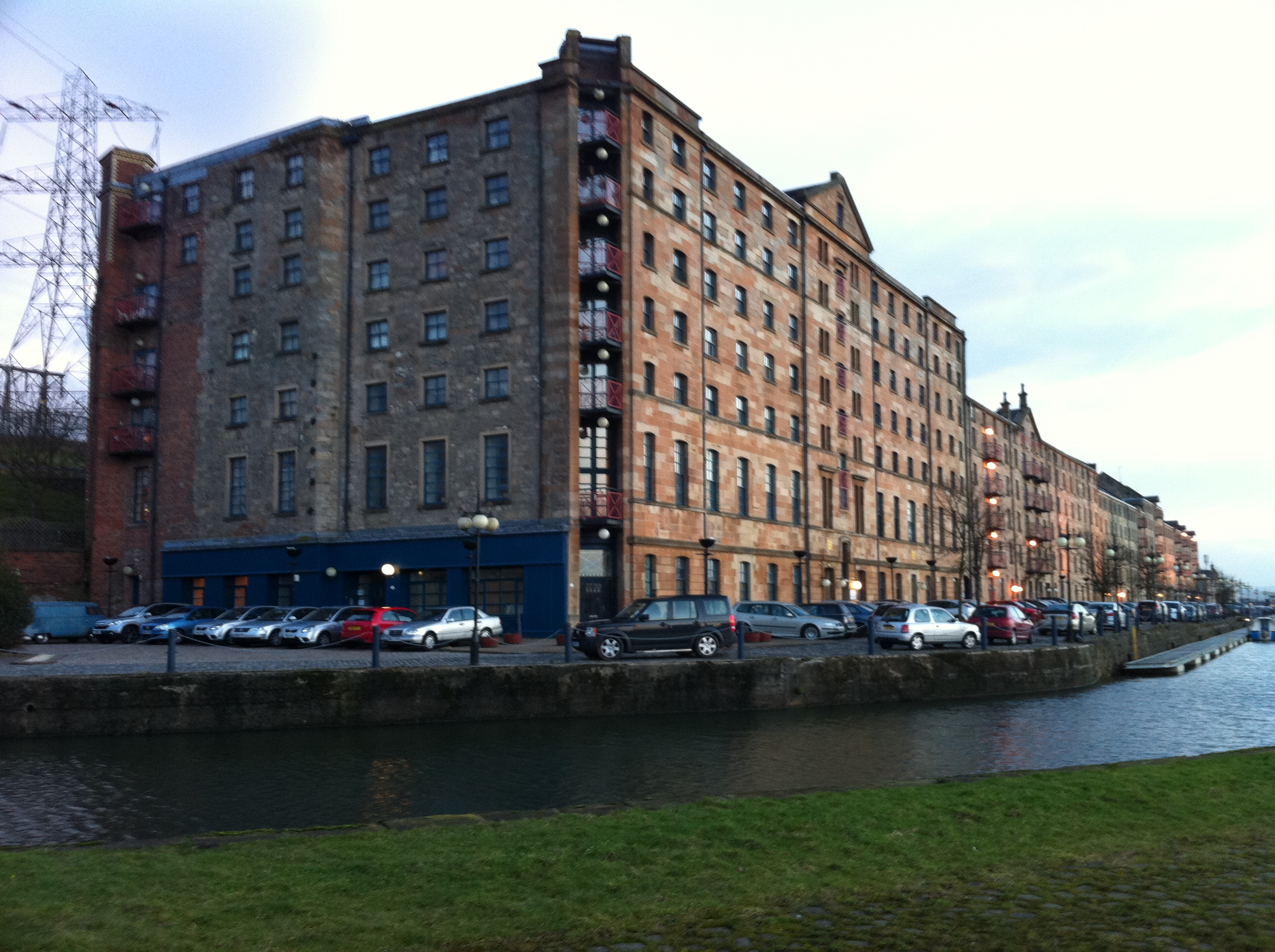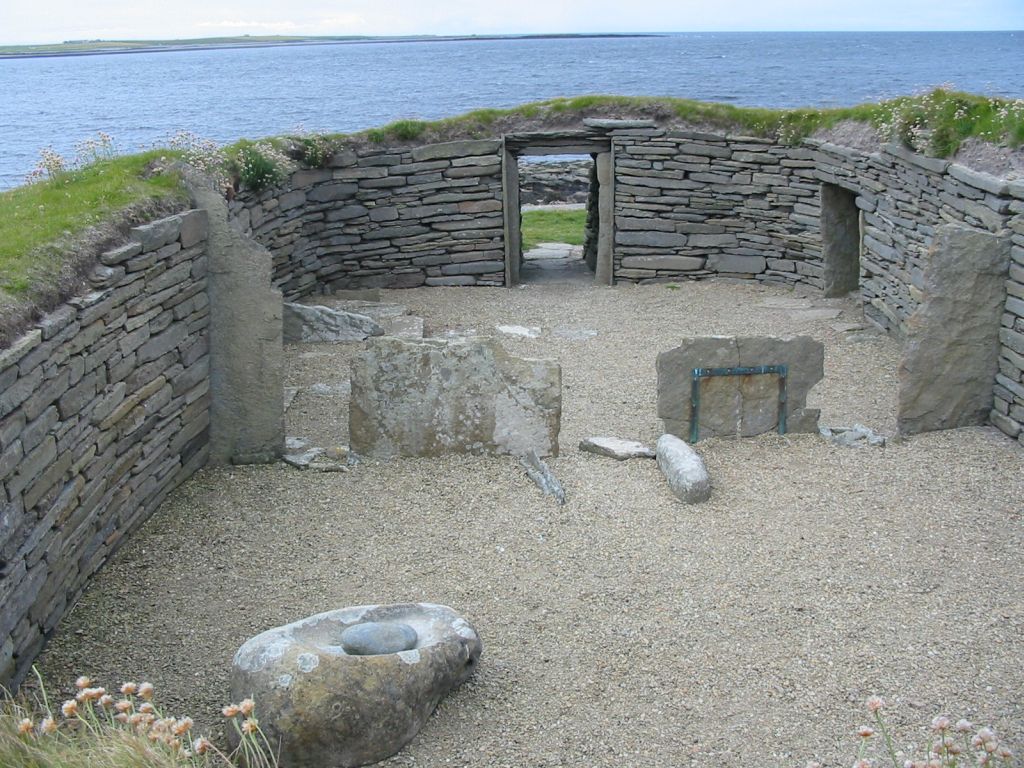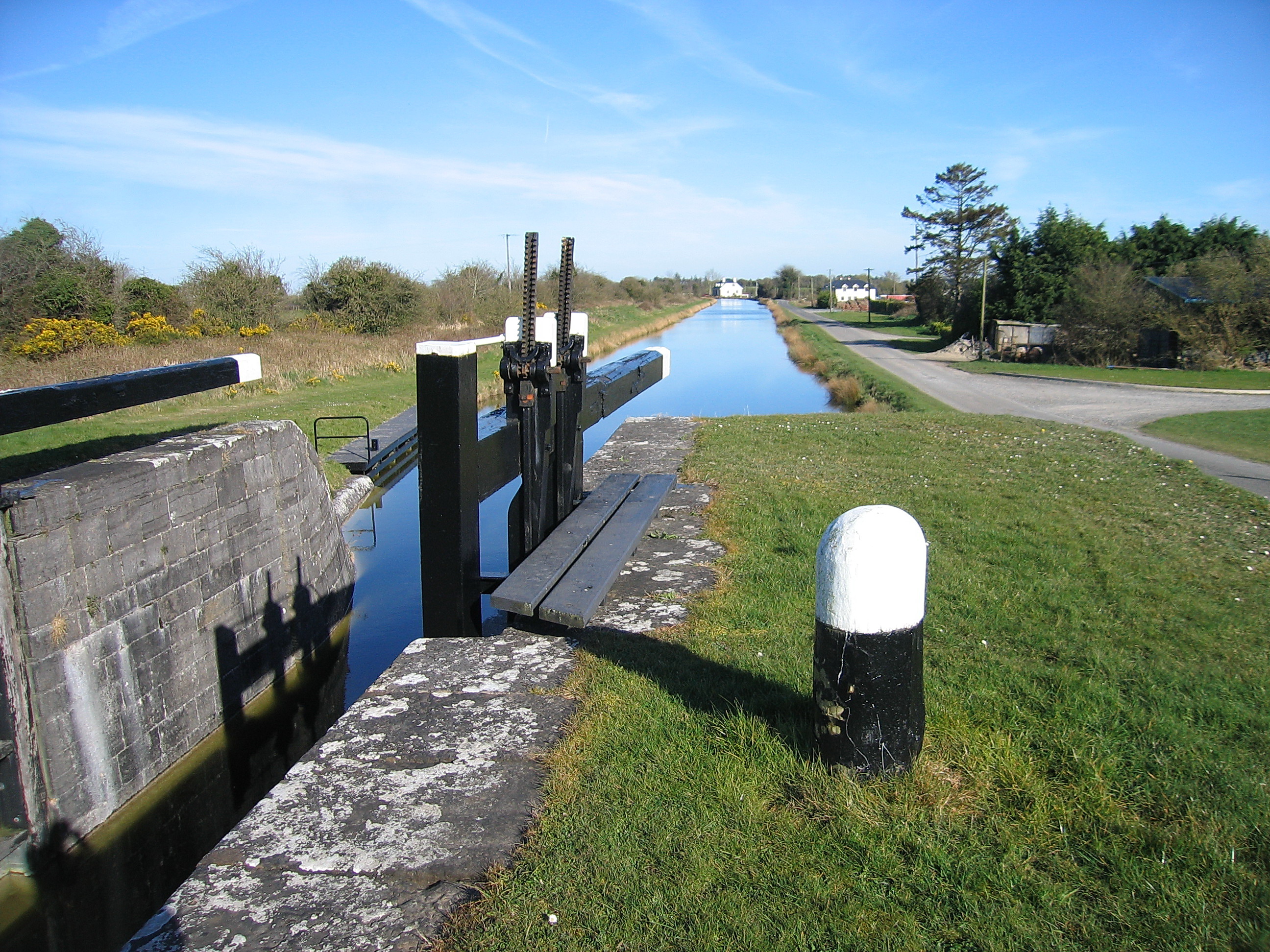|
Stockingfield Junction
Stockingfield Junction is a canal junction which lies between Maryhill and Ruchill in Glasgow, Scotland. It opened in 1777,Hume, p.162 and closed in 1963, followed by restoration and a re-opening in 2002. At first a terminus it formed the junction for the Port Dundas branch off the Forth and Clyde Canal main line from 1777. History The canal from Edinburgh built by John Smeaton first reached Stockingfield in 1775 and due to the lack of funds work halted for two years and Stockingfield Basin and wharf became the terminus of the canal. The canal was filled with water, opening for the transport of goods traffic on 10 November 1775.Scottish Canals Walking Guide Visit Scotland The branch was completed to Hamiltonhill Basin by November 1777 and to |
Port Dundas
Port Dundas is an area of Glasgow, Scotland, located to the north of the city centre. It lies to the north of Cowcaddens, and to the west of Sighthill, Glasgow, Sighthill, with Hamiltonhill and Possilpark to the north-west. History The Port Dundas terminus was established at One Hundred Acre Hill between 1786 and 1790 and was named after Sir Lawrence Dundas, 1st Baronet, Sir Lawrence Dundas, one of the major backers of the Forth and Clyde Canal Company. Port Dundas formed the terminus of a branch of the Forth and Clyde Canal in the centre of Glasgow, linking to the adjacent Monkland Canal. It became an industrial centre in the 19th century, with textile mills, chemical works, granaries, distilleries, glassworks, iron foundries, power stations and engineering works all operating in the area. In 1859, a brick chimney was built at Port Dundas for F. Townsend. At it was the List of chimneys#Timeline of world's tallest chimney, tallest chimney in the world at the time, with an outs ... [...More Info...] [...Related Items...] OR: [Wikipedia] [Google] [Baidu] |
Robert Whitworth
Robert Whitworth (1734 – 30 March 1799) was an English land surveyor and engineer, who learnt his trade under John Smeaton and James Brindley, and went on to become one of the leading canal engineers of his generation. Biography Whitworth was born in Sowerby, West Riding of Yorkshire to Henry and Mary Whitworth. He was baptised on 15 November 1734, and was their sixth child of seven. His father worked as a combsmith, and the family lived in a house called Waterside or Wheatleyroyd, where he probably lived until he married Sarah Irwin on 26 December 1765. After a brief period in Norton in the Moors around 1772, Whitworth and his family, which by now included two sons, returned to Sowerby, and stayed there until the 1790s. During the latter part of this period he lived in Waterside, but moved to Burnley for the final years of his life, to be closer to the Leeds and Liverpool Canal, on which he was working. He died on 30 March 1799 at the White Lion Inn in Halifax, aged 64. Ear ... [...More Info...] [...Related Items...] OR: [Wikipedia] [Google] [Baidu] |
Scheduled Monuments In Scotland
A schedule or a timetable, as a basic time-management tool, consists of a list of times at which possible tasks, events, or actions are intended to take place, or of a sequence of events in the chronological order in which such things are intended to take place. The process of creating a schedule — deciding how to order these tasks and how to commit resources between the variety of possible tasks — is called scheduling,Ofer Zwikael, John Smyrk, ''Project Management for the Creation of Organisational Value'' (2011), p. 196: "The process is called scheduling, the output from which is a timetable of some form". and a person responsible for making a particular schedule may be called a scheduler. Making and following schedules is an ancient human activity. Some scenarios associate this kind of planning with learning life skills. Schedules are necessary, or at least useful, in situations where individuals need to know what time they must be at a specific location to receive ... [...More Info...] [...Related Items...] OR: [Wikipedia] [Google] [Baidu] |
Canals In Scotland
Canals or artificial waterways are waterways or engineered channels built for drainage management (e.g. flood control and irrigation) or for conveyancing water transport vehicles (e.g. water taxi). They carry free, calm surface flow under atmospheric pressure, and can be thought of as artificial rivers. In most cases, a canal has a series of dams and locks that create reservoirs of low speed current flow. These reservoirs are referred to as ''slack water levels'', often just called ''levels''. A canal can be called a ''navigation canal'' when it parallels a natural river and shares part of the latter's discharges and drainage basin, and leverages its resources by building dams and locks to increase and lengthen its stretches of slack water levels while staying in its valley. A canal can cut across a drainage divide atop a ridge, generally requiring an external water source above the highest elevation. The best-known example of such a canal is the Panama Canal. Many c ... [...More Info...] [...Related Items...] OR: [Wikipedia] [Google] [Baidu] |
18th Century In Scotland
The recorded begins with the arrival of the Roman Empire in the 1st century, when the province of Britannia reached as far north as the Antonine Wall. North of this was Caledonia, inhabited by the ''Picti'', whose uprisings forced Rome's legions back to Hadrian's Wall. As Rome finally withdrew from Britain, Gaelic raiders called the ''Scoti'' began colonising Western Scotland and Wales. Prior to Roman times, prehistoric Scotland entered the Neolithic Era about 4000 BC, the Bronze Age about 2000 BC, and the Iron Age around 700 BC. The Gaelic kingdom of Dál Riata was founded on the west coast of Scotland in the 6th century. In the following century, Irish missionaries introduced the previously pagan Picts to Celtic Christianity. Following England's Gregorian mission, the Pictish king Nechtan chose to abolish most Celtic practices in favour of the Roman rite, restricting Gaelic influence on his kingdom and avoiding war with Anglian Northumbria. Towards t ... [...More Info...] [...Related Items...] OR: [Wikipedia] [Google] [Baidu] |
Canals Opened In 1775
Canals or artificial waterways are waterways or engineered channels built for drainage management (e.g. flood control and irrigation) or for conveyancing water transport vehicles (e.g. water taxi). They carry free, calm surface flow under atmospheric pressure, and can be thought of as artificial rivers. In most cases, a canal has a series of dams and locks that create reservoirs of low speed current flow. These reservoirs are referred to as ''slack water levels'', often just called ''levels''. A canal can be called a ''navigation canal'' when it parallels a natural river and shares part of the latter's discharges and drainage basin, and leverages its resources by building dams and locks to increase and lengthen its stretches of slack water levels while staying in its valley. A canal can cut across a drainage divide atop a ridge, generally requiring an external water source above the highest elevation. The best-known example of such a canal is the Panama Canal. Many ... [...More Info...] [...Related Items...] OR: [Wikipedia] [Google] [Baidu] |
Scottish Canals
Scottish Canals is the Scottish Government body responsible for managing the country's inland waterways. Formerly a division of British Waterways, it became a stand-alone executive non-departmental public body of the Scottish Government on 2 July 2012. Legally, the corporation is still referred to as the British Waterways Board, but in all other aspects it uses the brand Scottish Canals. Based in Glasgow, Scottish Canals cares for of waterway network in total, including 17 reservoirs and the navigation rights to four lochs, including Loch Ness. The body is responsible for five canals. * Caledonian – * Crinan – * Forth and Clyde – * Monkland (no longer operational, although two watered sections remain) – * Union Canal – History British Waterways was founded in 1962 under the Transport Act, taking over statutory responsibility for operating and maintaining waterways across Great Britain. In 2010 the UK Government determined that responsibili ... [...More Info...] [...Related Items...] OR: [Wikipedia] [Google] [Baidu] |
History Of The British Canal System
History (derived ) is the systematic study and the documentation of the human activity. The time period of event before the History of writing#Inventions of writing, invention of writing systems is considered prehistory. "History" is an umbrella term comprising past events as well as the memory, discovery, collection, organization, presentation, and interpretation of these events. Historians seek knowledge of the past using historical sources such as written documents, oral accounts, art and material artifacts, and ecological markers. History is not complete and still has debatable mysteries. History is also an Discipline (academia), academic discipline which uses narrative to describe, examine, question, and analyze past events, and investigate their patterns of cause and effect. Historians often debate which narrative best explains an event, as well as the significance of different causes and effects. Historians also debate the historiography, nature of history as an end in ... [...More Info...] [...Related Items...] OR: [Wikipedia] [Google] [Baidu] |
Monkland Canal
The Monkland Canal was a canal designed to bring coal from the mining areas of Monklands to Glasgow in Scotland. In the course of a long and difficult construction process, it was opened progressively as short sections were completed, from 1771. It reached Gartcraig in 1782, and in 1794 it reached its full originally planned extent, from pits at Calderbank to a basin at Townhead in Glasgow; at first this was in two sections with a vertical interval between them at Blackhill; coal was unloaded and carted to the lower section and loaded onto a fresh barge. Locks were later constructed linking the two sections, and the canal was also connected to the Forth and Clyde Canal, giving additional business potential. Maintaining an adequate water supply was a problem, and later an inclined plane was built at Blackhill, in which barges were let down and hauled up, floating in caissons that ran on rails. Originally intended as a water-saving measure to be used in summer only, the incline ... [...More Info...] [...Related Items...] OR: [Wikipedia] [Google] [Baidu] |
Falkirk Wheel
The Falkirk Wheel is a rotating boat lift in Tamfourhill, Falkirk, in central Scotland, connecting the Forth and Clyde Canal with the Union Canal. It reconnects the two canals for the first time since the 1930s. It opened in 2002 as part of the Millennium Link project. The plan to regenerate central Scotland's canals and reconnect Glasgow with Edinburgh was led by British Waterways with support and funding from seven local authorities, the Scottish Enterprise Network, the European Regional Development Fund, and the Millennium Commission. Planners decided early on to create a dramatic 21st-century landmark structure to reconnect the canals, instead of simply recreating the historic lock flight. The wheel raises boats by , but the Union Canal is still higher than the aqueduct which meets the wheel. Boats must also pass through a pair of locks between the top of the wheel and the Union Canal. The Falkirk Wheel is the only rotating boat lift of its kind in the world, and ... [...More Info...] [...Related Items...] OR: [Wikipedia] [Google] [Baidu] |
Gilshochill
Gilshochill ( ; sco, Gilshochull) is located to the north west of Maryhill in the City of Glasgow, Scotland. Immediately north of Maryhill basin and Maryhill locks, it is the district where the Bowling and Port Dundas branches of the Forth and Clyde Canal meet each other, at Stockingfield Junction. Situated on a hill overlooking Glasgow, its highest point sits at an elevation of about 150 metres above sea level. Gilshochill is spread over the area around Sandbank Street, bordering the areas of Cadder and Summerston. It falls under the G20 area postal code. It is served by Gilshochill railway station. A new footbridge connecting the area with Ruchill and providing a better link to Maryhill, was installed at Stockingfield Junction in 2022. [...More Info...] [...Related Items...] OR: [Wikipedia] [Google] [Baidu] |
Andy Scott (sculptor)
Andy Scott (born 1964) is a Scottish figurative sculptor, working in galvanised steel. Biography Andy Scott graduated from Glasgow School of Art in 1986 with a Bachelor of Arts ( with honours) in Fine Art Sculpture, and in 1987 with a diploma in Postgraduate Studies. Andy Scott is a Philadelphia-based figurative sculptor who works internationally on public and private artworks. His works combine traditional draftsmanship with contemporary fabrication techniques and currently range from in height. Notable works * ''The Kelpies'', monumental horses heads completed on 27 November 2013 Falkirk, Scotland * Arria, Cumbernauld, Scotland * ''Poised'', Marischal Square, Aberdeen * ''Rise'', Glasgow Harbour, Scotland * ''COB'', Bexley, London * ''Arabesque'', Queensland, Australia * ''Argestes Aqua'', Victoria, Australia * ''River Spirit'', ''Stride'', ''Foxboy'', ''I Can See For Miles'', ''Journeys End'', ''Lifeline'': all Clackmannanshire, Scotland * '' Beacon of Hope'', Belfast, ... [...More Info...] [...Related Items...] OR: [Wikipedia] [Google] [Baidu] |





.jpg)


